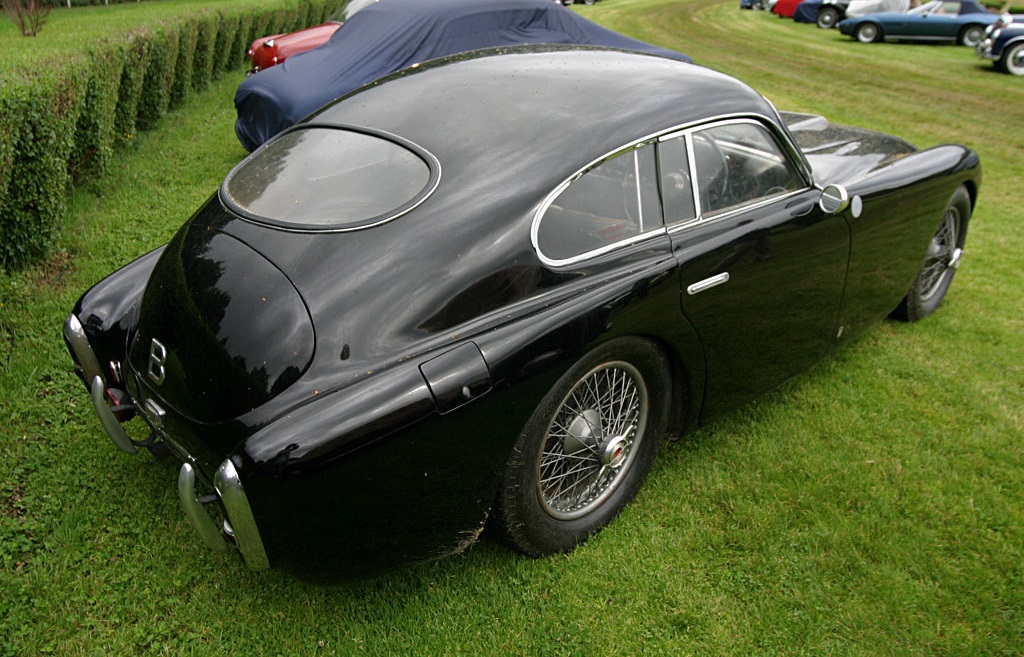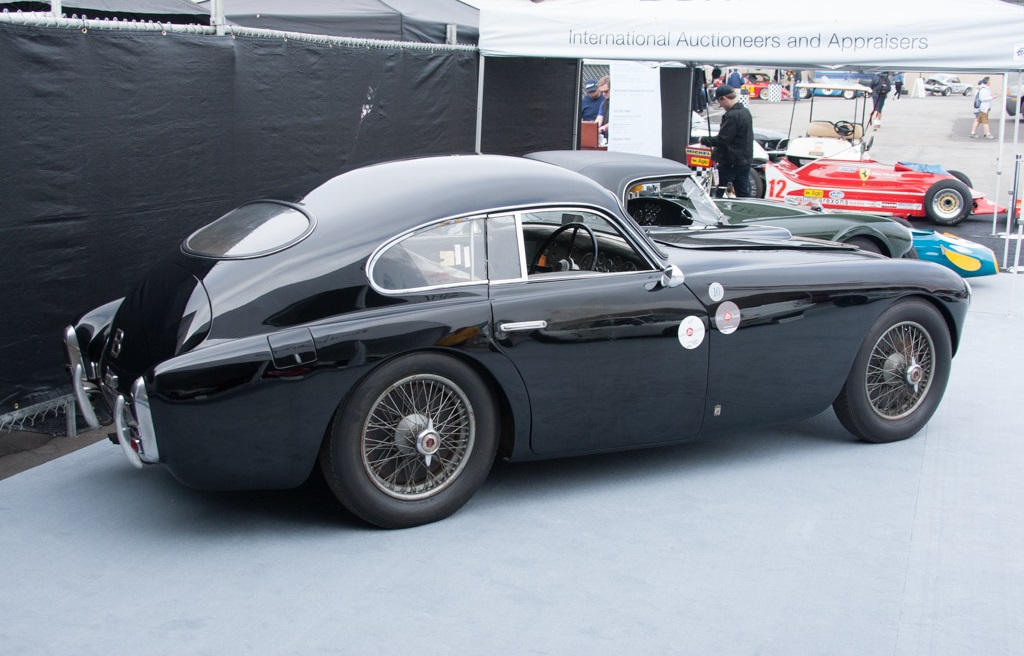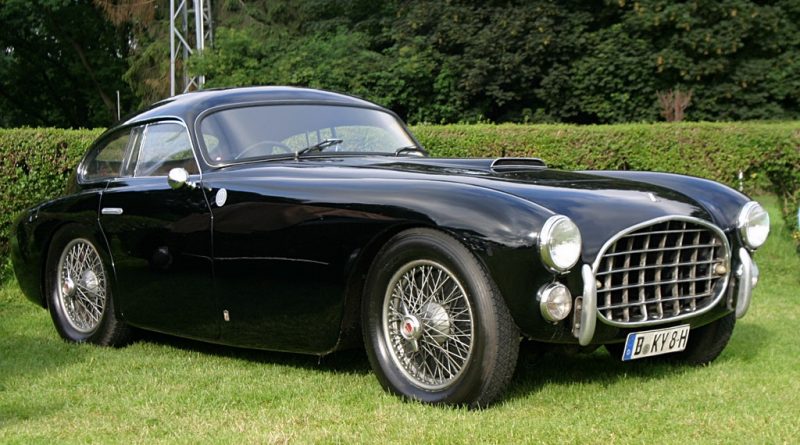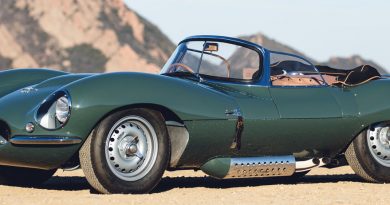1951 Talbot Lago T26 GS Coupe
Automobiles Talbot S.A. was a French automobile manufacturer based in Suresnes, Hauts de Seine, outside Paris.
Shortly after WWII Talbot Lago was firmly back in business. Unlike many of the competitors, the French manufacturer’s range was distinctly different from the cars offered before the hostilities engulfed the continent. There were certain similarities between the T150 offered up to 1939 and the new T26, which was available in both road and racing car trim. The monniker T26 was actually first used in the late 1930s for the 4.5 litre racing cars. The type name refers to the fiscal horsepower of ’26 cv’ engine. Before the six cylinder racing engine was offered to the public it was extensively developed from 1942 onwards, which enabled Talbot Lago to offer its new range so quickly after the peace was signed.

Both the Record and Grand Sport models featured a similar box-section frame, which was directly based on the pre-War models. There were distinct differences between the two as the sportier Grand Sport chassis was considerably shorter, stronger and 150 kg lighter than that of the Record. The original Grand Sport chassis had a wheelbase of 2650 mm, which was identical to the length used for the T150 Super Sport model it replaced. In 1950 a slightly longer chassis replaced it to accommodate for the popular 2+2 bodystyle. The Record was available from the start with both a 3125 mm and a 3450 mm wheelbase; long enough to carry seven people in great comfort.

The Record was introduced late in 1946 and the sportier Grand Sport was added to the line up two years later. Talbot Lago offered their own works bodies for the luxurious Record, but it was also offered as a rolling chassis for custom coachbuilders to body. There was no factory coachwork for the highly exclusive Grand Sport, which was the fastest and most powerful production car available. Production of the Record lasted for almost nine years, whereas the Grand Sport was replaced in 1953 by a modernized and slightly longer Grand Sport. This version was offered with a factory coupe coachwork. By the mid-1950s heavy taxes on large luxury cars put companies like Talbot Lago out of business.

Of the major French manufacturers that thrived in the second half of the thirties only Talbot Lago offered a completely new car. Bugatti did not return at all and Delage and Delahaye relied heavily on their pre-War line-up. Especially the T26 Grand Sport has earned its place in history as the last and possibly finest of the great French coachbuilt cars. Between 1948 and 1953 only 36 were constructed and not one was the same. Some of them were even raced in anticipation of the factory prepared T26C racing car, which was available as a Grand Prix car and sports racer. In its two seater guise the T26C claimed Talbot Lago’s biggest victory by winning the 24 Hours of Le Mans in 1950.




